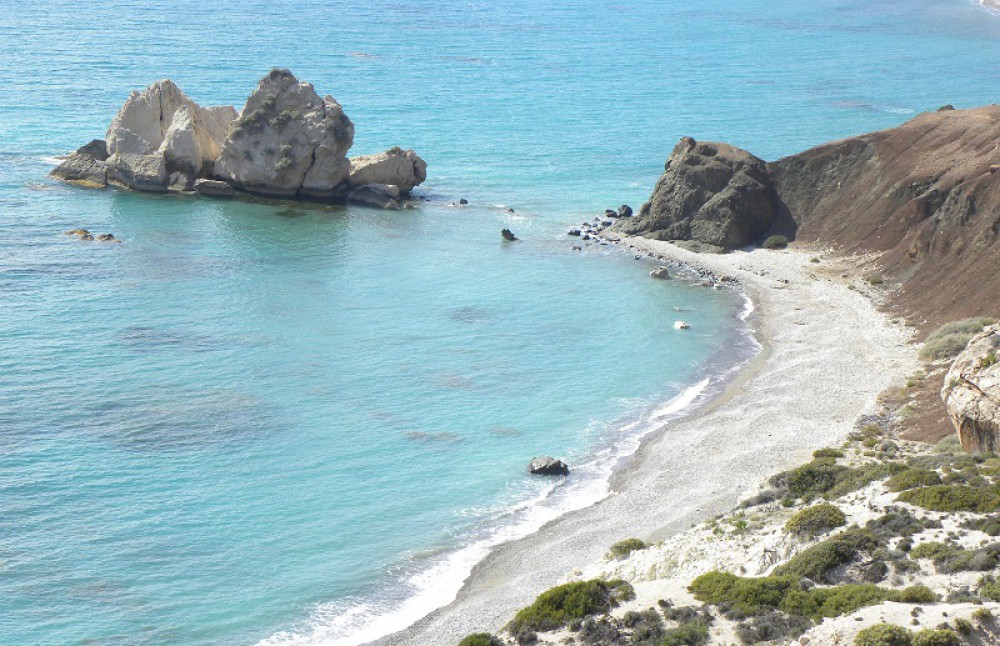Μετάφραση πιο κάτω
In Cyprus when the plant of louvana is tender, it is made into a green salad which is called louvanosalata. I am sure that my Cypriot friends are expecting the recipe for that salad but this time I have used the vetch to make this dip. I call it salata (salad) because most Greek dips end in ….salata e.g. melitzanosalata, taramosalata, etc.
Louvana (Lathyrus ochrus), also known as Cyprus Vetch, is sometimes confused with yellow split peas (pisum sativum) or Greek fava (lathyrus clymenum). However, this dip can be made with any of the above pulses.
You can see below some of the ingredients I have used to make this dip: tahini, Greek yoghurt, olive oil, lemon juice, garlic, green onions, capers, parsley etc.
You will find the recipe in my cookbook Mint, Cinnamon & Blossom Water, Flavours of Cyprus, Kopitaste!
Όταν τα φύλλα του φυτού της λουβάνας είναι τρυφερά, στην Κύπρο τα χρησιμοποιούμε σαν ωμή, πράσινη σαλάτα, η οποία λέγεται λουβανοσαλάτα.
Βέβαια δεν είναι αυτή η κλασσική σαλάτα, αλλά μια σαλάτα μου έφτιαξα με λουβάνα ξερή, δηλαδή το όσπριο. Η Κυπριακή λουβάνα (Lathyrus ochrus), μοιάζει με τη φάβα (lathyrus clymenum), αλλά είναι ένα διαφορετικό λαθούρι, το ίδιο νόστιμο.
Αυτό το ντίπ είναι δική μου συνταγή και το έχω δοκιμάσει και με τα δύο λαθούρια και είναι εξίσου νόστιμο.
Ό,ποτε φτιάχνω σούπα λουβάνα, πάντα βράζω περισσοτερη και την αποθηκεύω στην κατάψυξη και έτσι το φτιάχνω χωρίς κόπο σε πολύ λίγο χρόνο. Βλέπετε στη φωτογραφία μερικά από τα υλικά που έβαλα σ’ αυτό το ντιπ, όπως γιαούρτι, ταχίνι, ελαιόλαδο, λεμόνι, κρεμμυδάκια φρέσκα, κάπαρη, μαϊντανό κλπ.
Η συνταγή περιλαμβάνεται στο βιβλίο μου.
Kopiaste and Kali Orexi / Κοπιάστε και Καλή Όρεξη!








